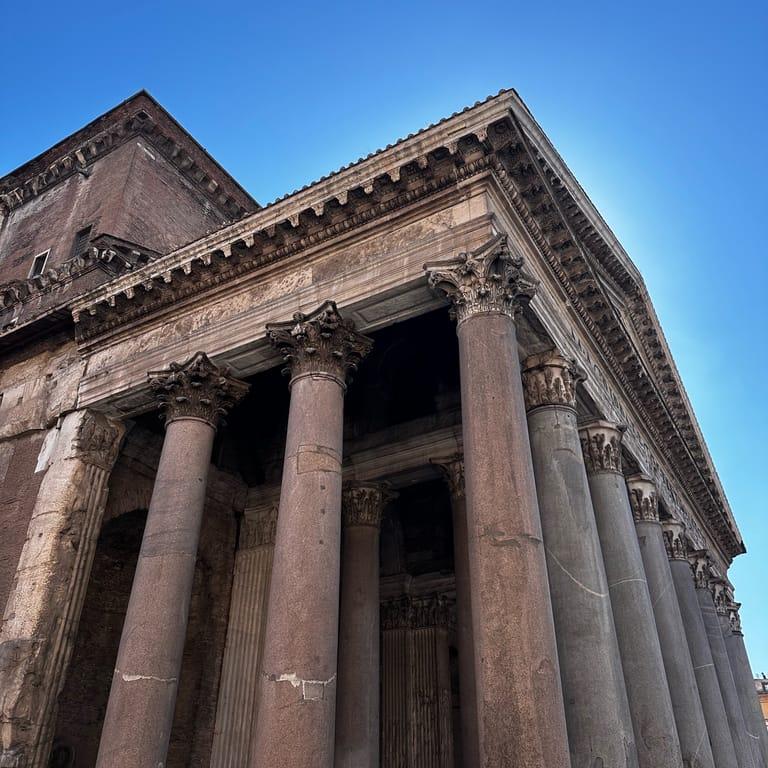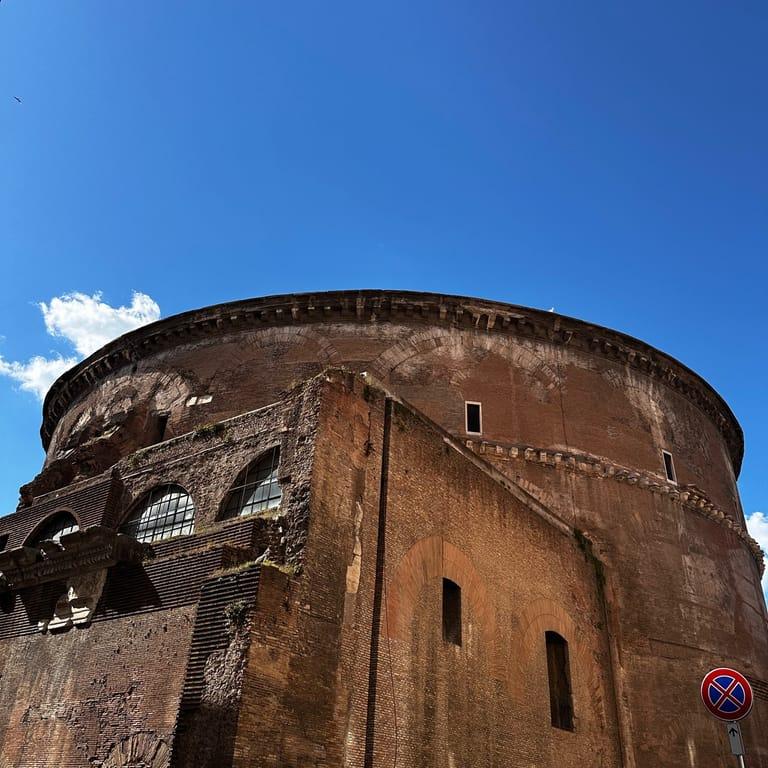Discover the Pantheon in Rome: A Timeless Architectural Masterpiece
Nestled in the heart of Rome at Piazza della Rotonda, the Pantheon stands as a breathtaking testament to ancient Roman engineering and Renaissance artistry. Originally built between 118 and 125 A.D., this iconic former temple turned Catholic church captivates visitors with its magnificent dome, perfectly preserved state, and the mystical oculus that crowns its roof. Whether you’re a history buff, an architecture enthusiast, or a curious traveler, the Pantheon offers a uniquely serene atmosphere that transports you back through centuries of culture and innovation.
Why visit the Pantheon in Rome
Architectural marvel – The Pantheon’s massive dome, with its awe-inspiring oculus, remains one of the largest unreinforced concrete domes in the world, showcasing Roman ingenuity that still amazes architects today.
Historical significance – Once a temple dedicated to all gods and now a church housing Renaissance tombs including that of the famous artist Raphael, the Pantheon is steeped in stories that span millennia.
Visitor experience – The well-managed queues, availability of audio guides in multiple languages, and wheelchair accessibility ensure a comfortable, enriching visit for tourists of all kinds.
Planning your visit
To make the most of your visit, consider arriving early to avoid crowds and waiting times. There are separate lines for those paying cash and for credit card holders, and the latter often experience shorter queues. Audio guides, available in 12 languages, can be rented inside and provide fascinating insights into the Pantheon’s architecture and history.
- Best time to visit – Weekdays during the off-season, especially November, offer a more peaceful experience with pleasant weather.
- Accessibility – The Pantheon is wheelchair accessible, ensuring everyone can enjoy this cultural treasure.
- Ticket information – Tickets cost €5 for adults, free for children under 18, disabled visitors, and pilgrims. Tickets can be bought online or onsite.
Frequently asked questions
- What are the opening hours of the Pantheon? The Pantheon is open daily from 9:00 AM to 6:30 PM, with the last entry at 6:15 PM.
- Is there an entrance fee to visit the Pantheon? Yes, the entrance fee is €5 for adults. Children under 18, disabled visitors, and pilgrims can enter for free.
- Are audio guides available at the Pantheon? Yes, audio guides are available in 12 languages and can be rented inside the Pantheon.
- Can I purchase tickets online for the Pantheon? Yes, tickets can be purchased online through the official website or at the entrance.
- Is the Pantheon wheelchair accessible? Yes, the Pantheon is wheelchair accessible.
Community sentiment and visitor impressions
Visitors consistently rave about the Pantheon’s stunning preservation and the atmospheric light pouring through its central oculus. Many highlight the efficient crowd management and short wait times, especially when paying with cash in the designated queue. The audio guides and knowledgeable staff receive praise for adding depth to the experience, making it accessible and engaging regardless of your background in history or architecture. Travelers appreciate the blend of awe-inspiring grandeur and tranquil ambiance, making the Pantheon a must-see landmark for any Rome itinerary.





